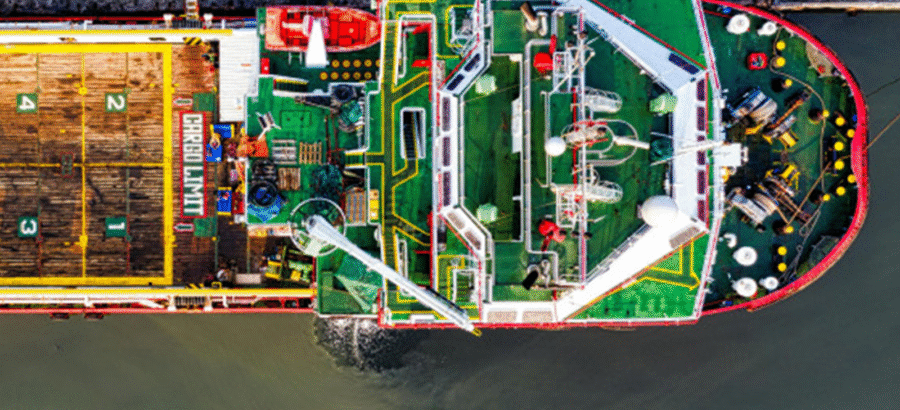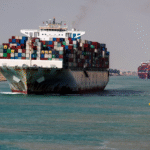The Strategic Advantage of Egyptian Ports in Supporting Global Trade Routes
In the global maritime industry, the route chosen by crude oil tankers plays a decisive role in shaping overall operational efficiency and cost management. Two dominant routes are often compared the Suez Canal, offering a direct and shorter link between Europe and Asia, and the Cape of Good Hope, preferred by some operators for its avoidance of tolls and perceived safety, though it involves a considerably longer voyage. This analysis examines the economic and operational implications of both routes for crude oil tankers through five key considerations.
- Cost of Transit
The Suez Canal levies a transit toll that varies based on the vessel’s size and type, typically ranging from $30,000 to $450,000. While this represents a significant expenditure, the Cape of Good Hope involves no such direct tolls. However, what appears to be a saving is quickly offset by the additional fuel and time required to complete the longer journey an extra $50,000 to $100,000 depending on bunker prices and vessel efficiency. As such, while the Cape route may seem cheaper initially, a comprehensive cost analysis often reveals the Suez Canal to be more economically viable for time-sensitive shipments.
- Voyage Duration and Time Sensitivity
The time factor is central in route planning. The Suez Canal can shorten the voyage between Europe and Asia by roughly 7 to 10 days compared to the Cape route. This time advantage translates directly into faster delivery, reduced chartering costs, and improved market responsiveness all crucial in crude oil trading, where timing influences pricing and competitiveness. In contrast, voyages via the Cape face variable weather patterns and potential delays, which may diminish the apparent cost benefit.
- Operational and Maintenance Costs
A longer route means greater strain on vessels. Prolonged exposure to oceanic conditions increases wear and tear, leading to higher maintenance costs over time. The Suez route, by comparison, allows for more efficient fleet utilization and reduced technical fatigue on vessels, ultimately lowering operational expenditures. The difference becomes particularly relevant for shipowners managing multiple voyages per year, as route efficiency directly impacts long-term asset performance.
- Environmental and Insurance Costs
Choosing between the Suez and the Cape also involves weighing environmental and insurance implications. The Cape of Good Hope, while toll-free, exposes vessels to piracy-prone areas along the African coast, resulting in higher insurance premiums. On the other hand, the Suez Canal offers greater safety and predictability but carries environmental concerns, such as the risk of congestion-related emissions and oil spills. Effective route planning must therefore integrate both sustainability and safety considerations into cost assessments.
- Market Conditions and Flexibility
Dynamic market conditions and geopolitical developments can shift the viability of either route. Disruptions in the Suez Canal whether due to regional tensions or temporary blockages may force vessels to reroute via the Cape despite increased fuel consumption. Conversely, stable market conditions and predictable toll structures often make the Suez Canal the preferred choice. Flexibility, backed by real-time data and operational foresight, is key to maintaining profitability across changing conditions.
Conclusion
The decision between the Suez Canal and the Cape of Good Hope extends far beyond a simple toll comparison. It encompasses transit time, maintenance implications, environmental risks, insurance costs, and global market dynamics.
For companies like Sea Wise Marine Services, understanding and supporting these complex operational decisions is central to their mission. Through reliable marine logistics, technical support, and timely vessel assistance across Egyptian ports, Sea Wise ensures that ship operators maintain efficiency and resilience regardless of the route their journey demands.






